Being productive at home is about getting the right things done, not everything done. That's why we built Bento Focus.
Name: Matt Morris
Location: Kansas, United States
Occupation: IT Systems Analyst
Room size: 11 m² (120 ft²)
Cost of setup: ~$30K
Social media: Instagram, Reddit, YouTube
Hello! Tell us a bit about yourself
I’m an IT Systems Analyst working for a globally recognised tax firm, where I’ve been fortunate to grow alongside a talented team.
While my main focus is on asset and software management, my day-to-day often stretches beyond that.
I dabble in all things IT, from streamlining workflows to assisting with internal video production projects.
I’ve held a variety of roles since getting my first tech job in 2017, and that jack-of-all-trades experience has shaped how I approach problem-solving: flexible, resourceful, and always up for learning something new.
What really made me “me” is a lifelong curiosity and the itch to figure things out on my own terms.
Whether it was taking apart electronics as a kid or diving into woodworking in 2015, I’ve always been drawn to the hands-on, build-it-yourself mindset.
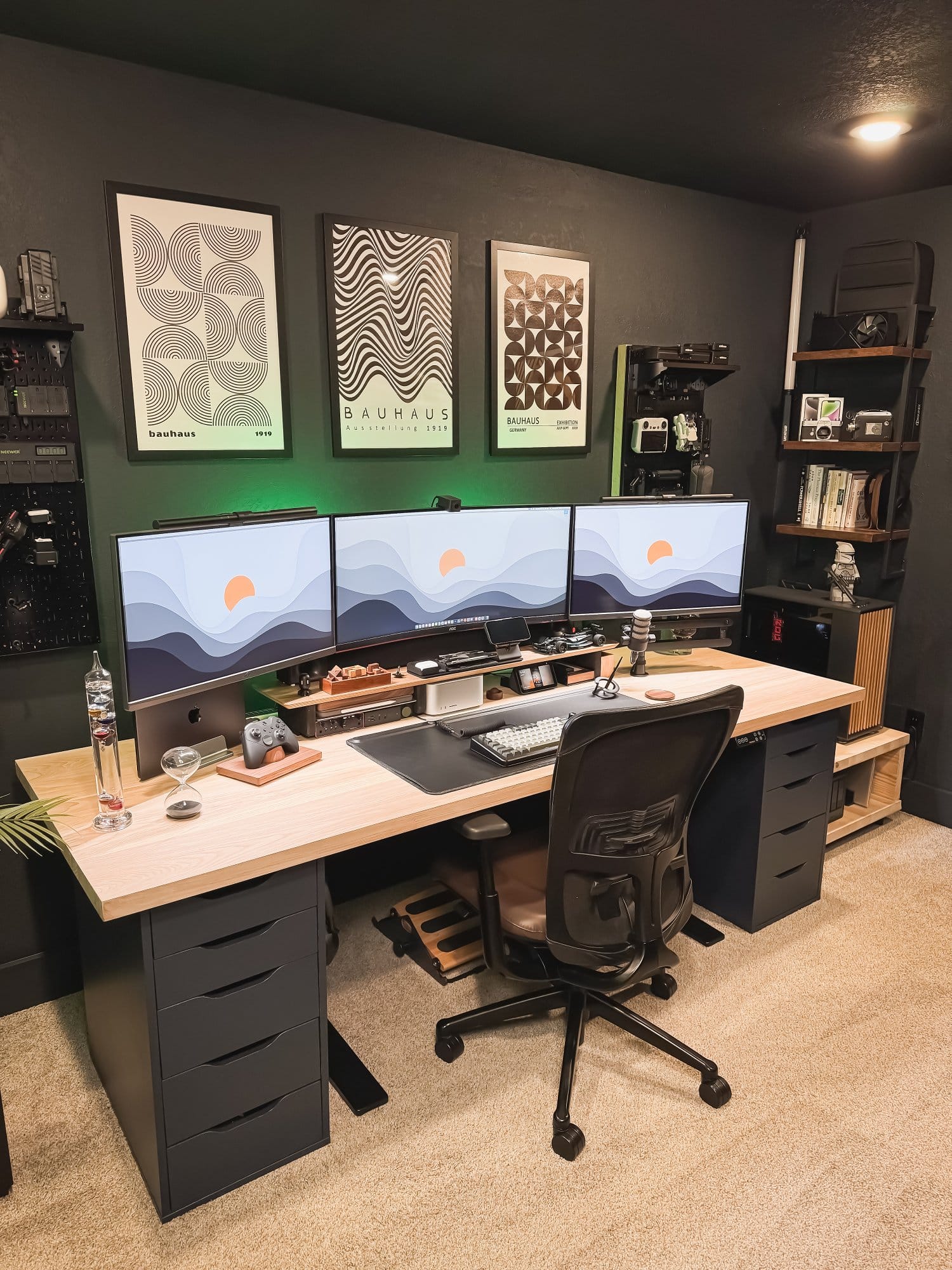
That’s evolved into a deep appreciation for clean setups, intentional design, and — let’s be honest — a growing case of functional OCD that keeps my home office in a constant state of fine-tuning.
I don’t ship side projects to the public, but nearly everything I create is custom-built for how I work and live.
If you’re into tech setups, home projects, or just enjoy seeing someone chase that perfect blend of utility and aesthetics, I share bits of that world on YouTube, Reddit, and Instagram — all under @VividOwlMedia.
Take us through your setup
Build details
| Custom built desk top: | |
|---|---|
| Desk | 8/4 solid white ash sourced from local lumberyard in KC (90″ L x 32″ W x 1,5″ thick) | Sit-stand frame | Flexispot E7 Pro |
| Drawers | IKEA ALEX |
| PC stand |
|---|
| Custom built butcher block | 3D printed legs |
| PCs | |
|---|---|
| Laptop | 14″ M3 Pro MacBook (work/company provided) | PC | M2 Max Mac Studio 32GB RAM 1TB SSD |
| Custom loop PC | |
|---|---|
| Case | Fractal North XL | Processor | i7 14700K | GPU | Nvidia 4080 Super | Motherboard | ROG Dark Hero Z790 | RAM | 96GB Corsair Dominator Titanium | Cooling system | EKWB (CPU & GPU Water Blocks, Fittings, & Radiators) | Distro plate | Byski Distro Plate |
| Audio | |
|---|---|
| Microphone | Rode PodMic | Audio interface | FocusRite Scarlett Solo Gen 4 | Boom arm | Sensic SA-30 LP boom arm | Headphones | Sony XM5 headphones Beats Studio3 Wireless |
Speakers | Klipsch Soundbar Cinema400 |
| Network |
|---|
| Custom built rack out of a butcher block, gator rack rails, custom designed 3D printed parts | Google fiber 1GB service | UniFi UDM-PRO-MAX | UniFi USW-Lite-8-POE | UniFi USW 24 Pro Max | UniFi UNAS Pro | HP G9 Mini Desktop (Home Assistant OS) | Philips Hue hub | Lutron bridge |
Being productive at home is about getting the right things done, not everything done. That's why we built Bento Focus.
Creating my workspace was less about finding the perfect pieces all at once and more about gradual experimentation and fine-tuning.
At the heart of it is a custom-built desk that spans nearly the full width of the room, giving me plenty of space to work, edit, and tinker with gear.
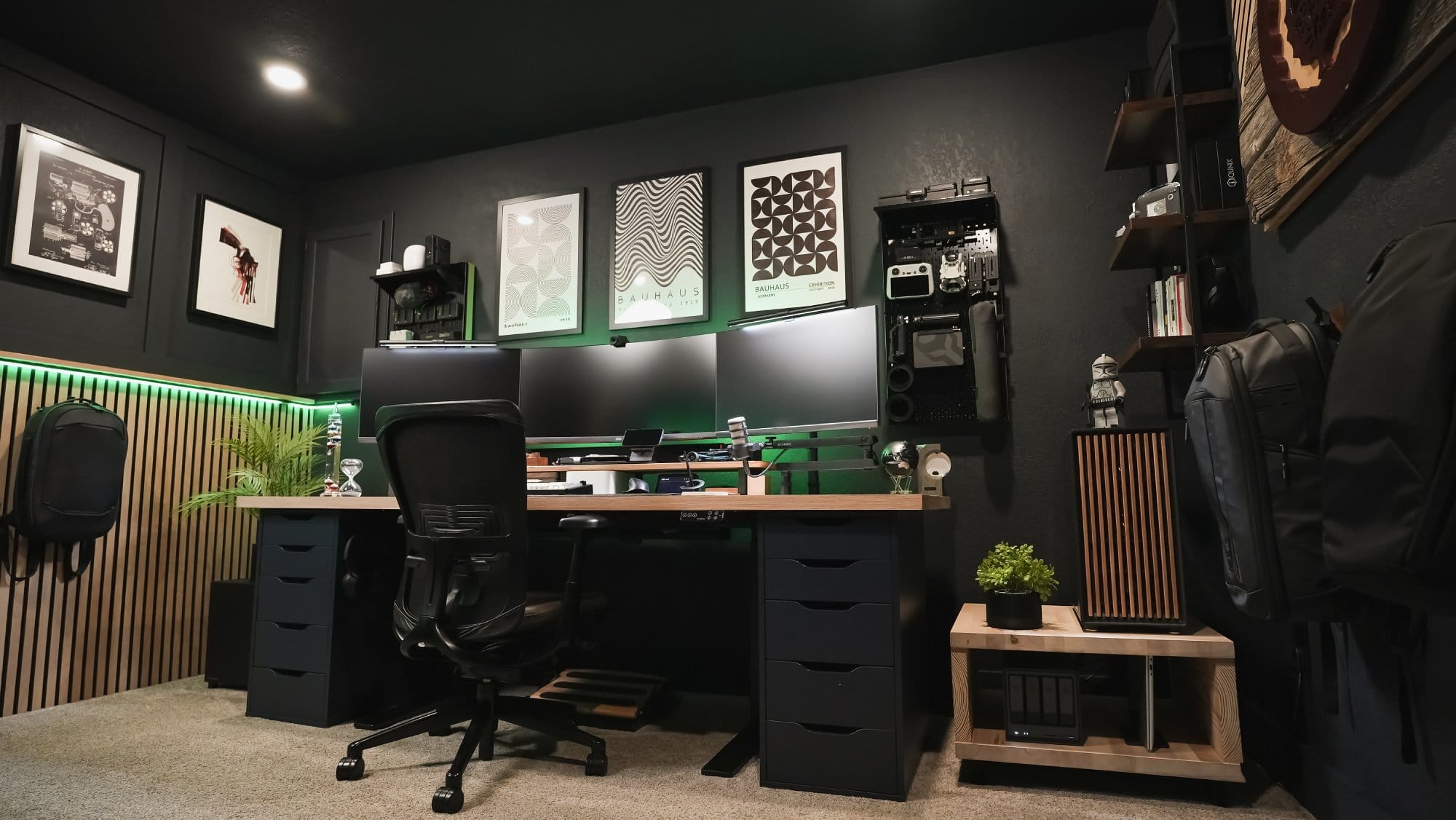
A pegboard wall holds my camera gear, headphones, and accessories — all within reach but off the surface — while a mix of warm wood tones, black accents, and soft lighting keeps the room feeling cosy and focused.
I’ve also added touches that reflect my personality, from mechanical keyboards on display shelves to subtle smart lighting controls hidden beneath the desk.
The space didn’t come together overnight.
I’d say it has taken four years of incremental upgrades, trial and error, and a few weekend-long rabbit holes on cable management and shelf positioning.
Some of the gear was already mine — like the monitor and camera equipment — but the layout, decor, and ergonomic touches all evolved with time.
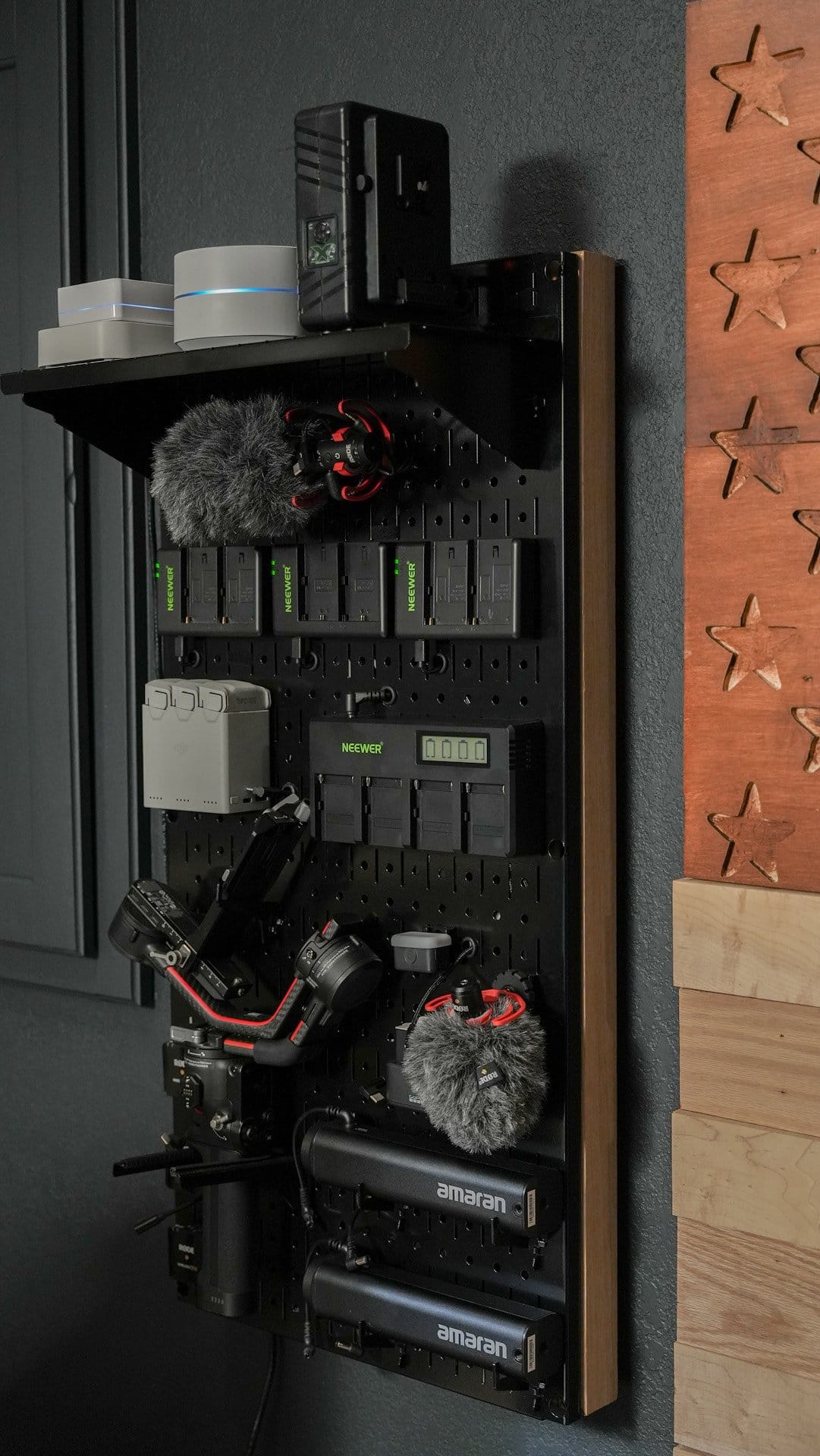
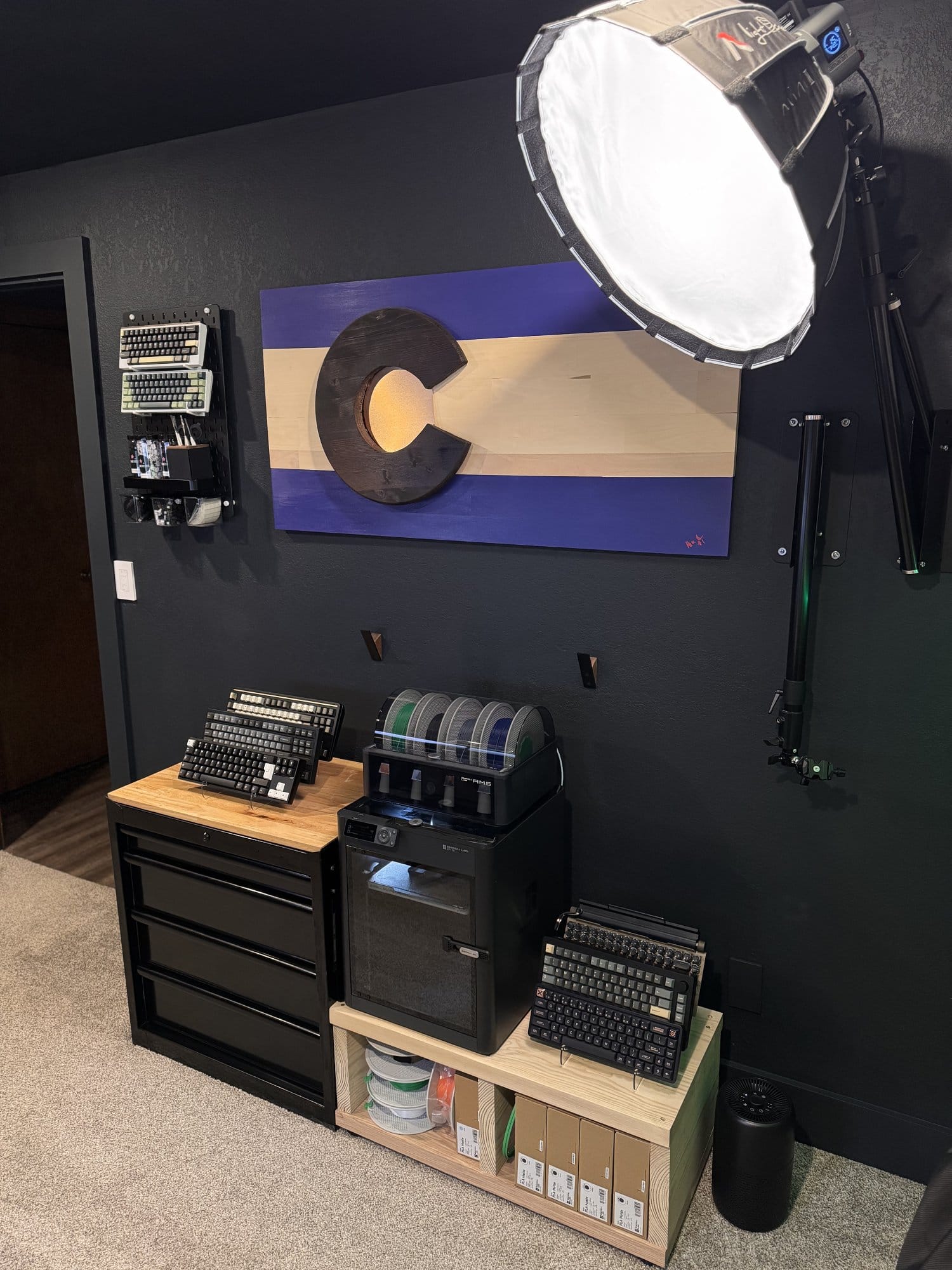
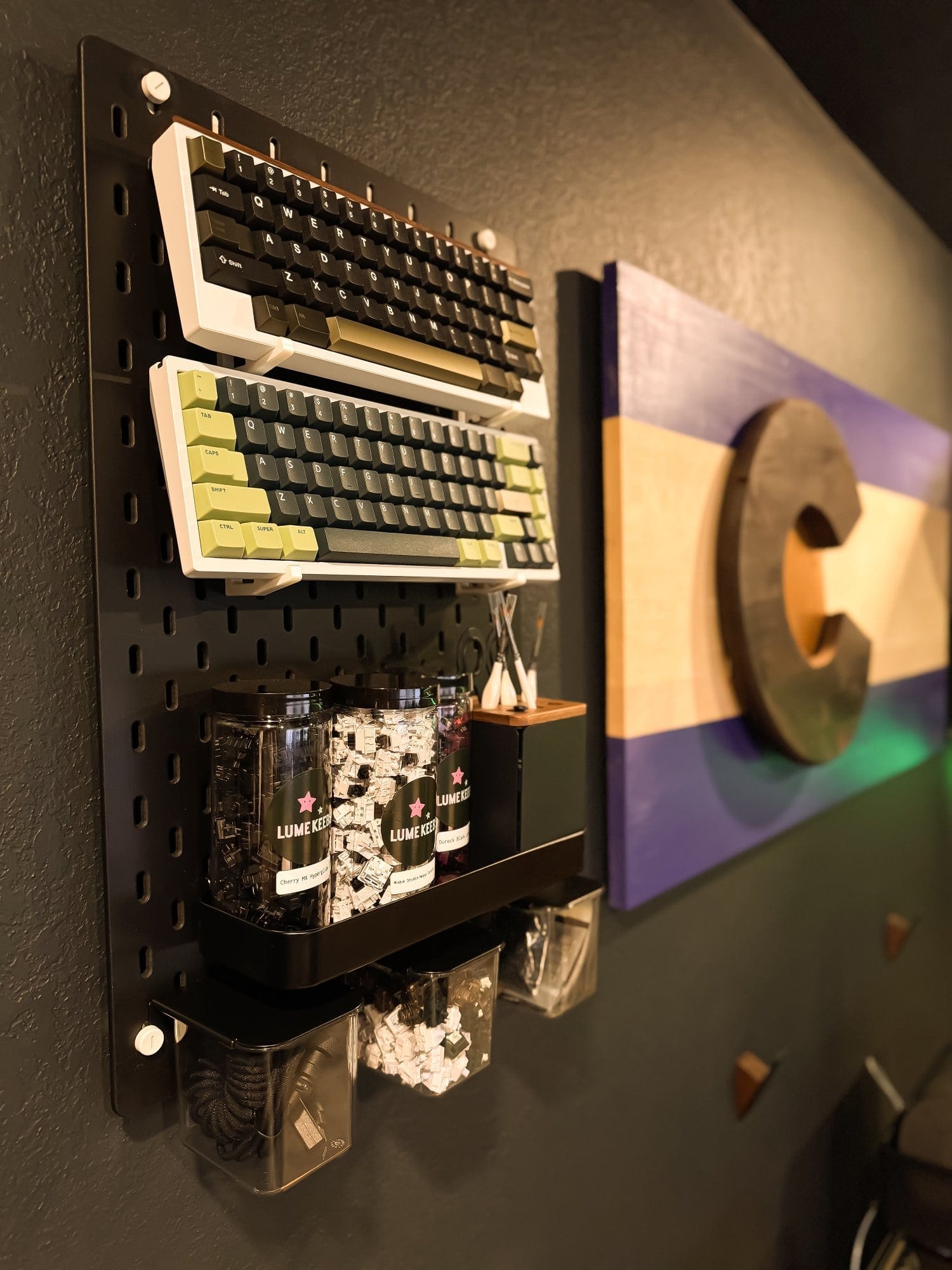
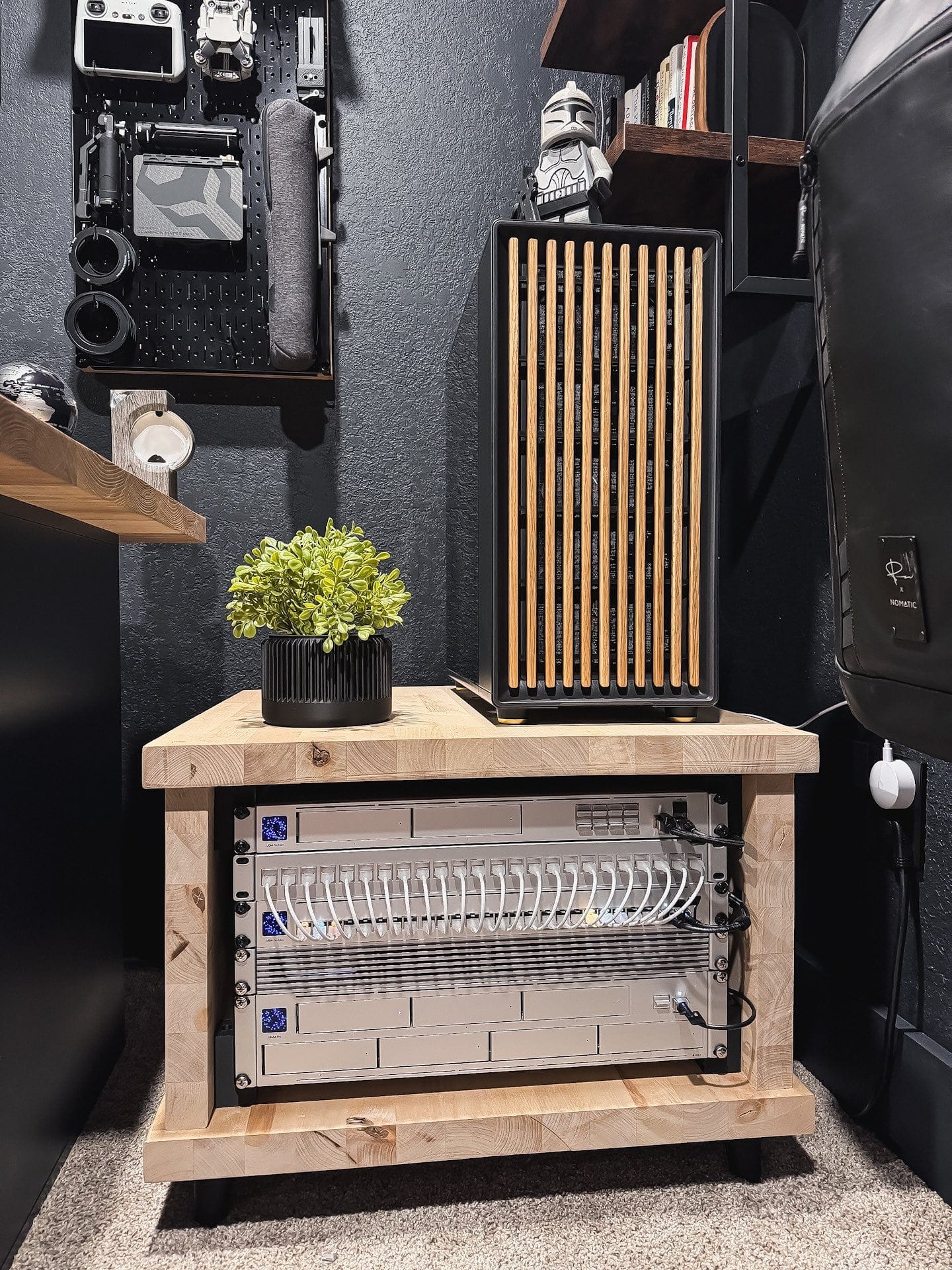
I constantly find myself tweaking something, whether it’s relocating a plant for better light or re-routing a USB hub to make the desk feel cleaner.
My setup lives in the basement of our home, which I chose intentionally.
While some might see the lower level as a compromise, I love the separation from the rest of the house — it lets me focus deeply during work or creative sessions.
The basement location also gave me more freedom to drill, mount, and run cables through the ceiling without worrying about aesthetics elsewhere in the home.
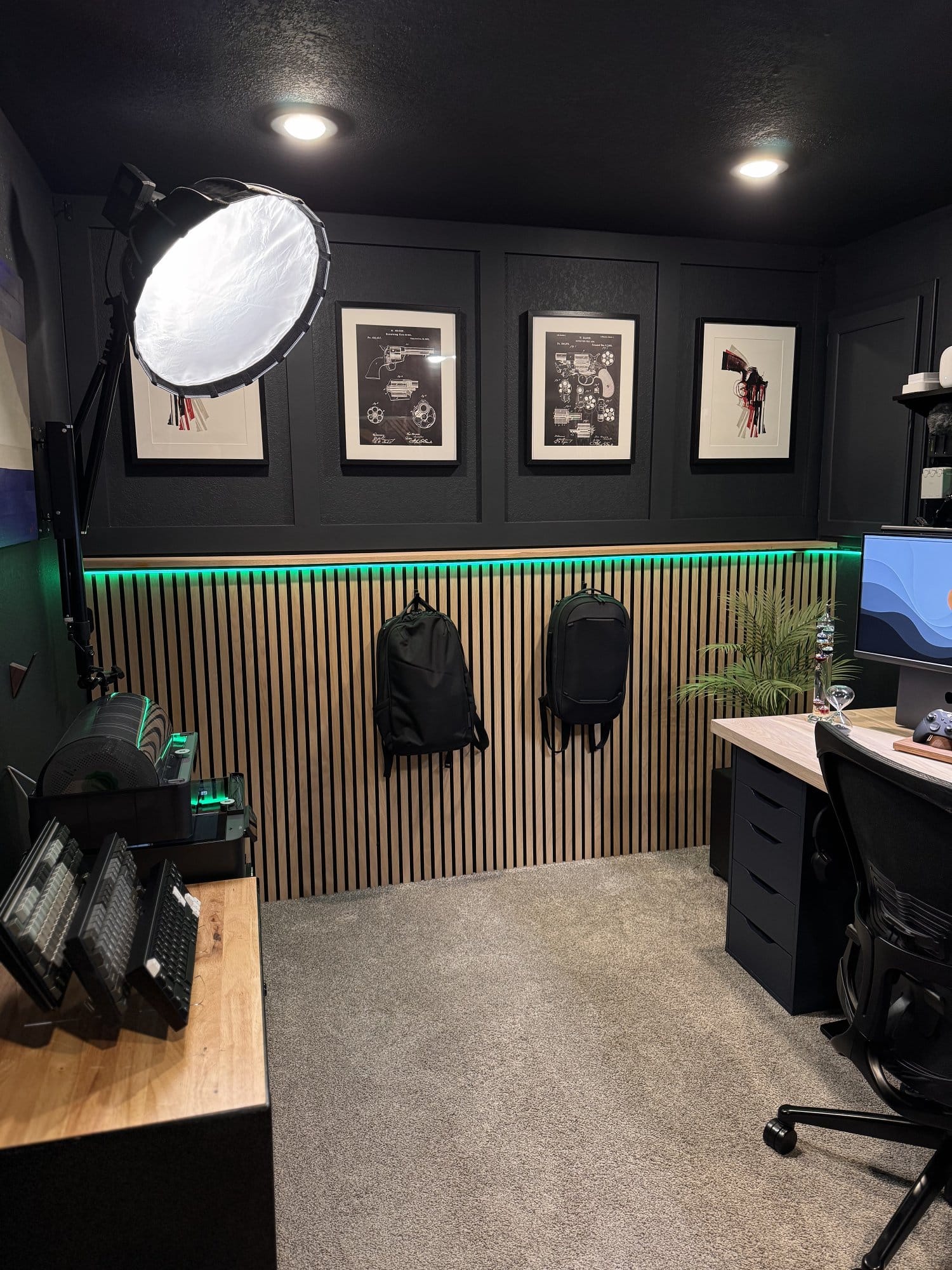
Plus, it’s right next to my home theater, which definitely doesn’t hurt when I need a quick break.
One of the biggest challenges was actually mounting the desktop I built onto the sit-to-stand frame.
Between getting the alignment right, pre-drilling through hardwood, and managing the weight of the top without damaging the electronics underneath, it took far more effort than expected.
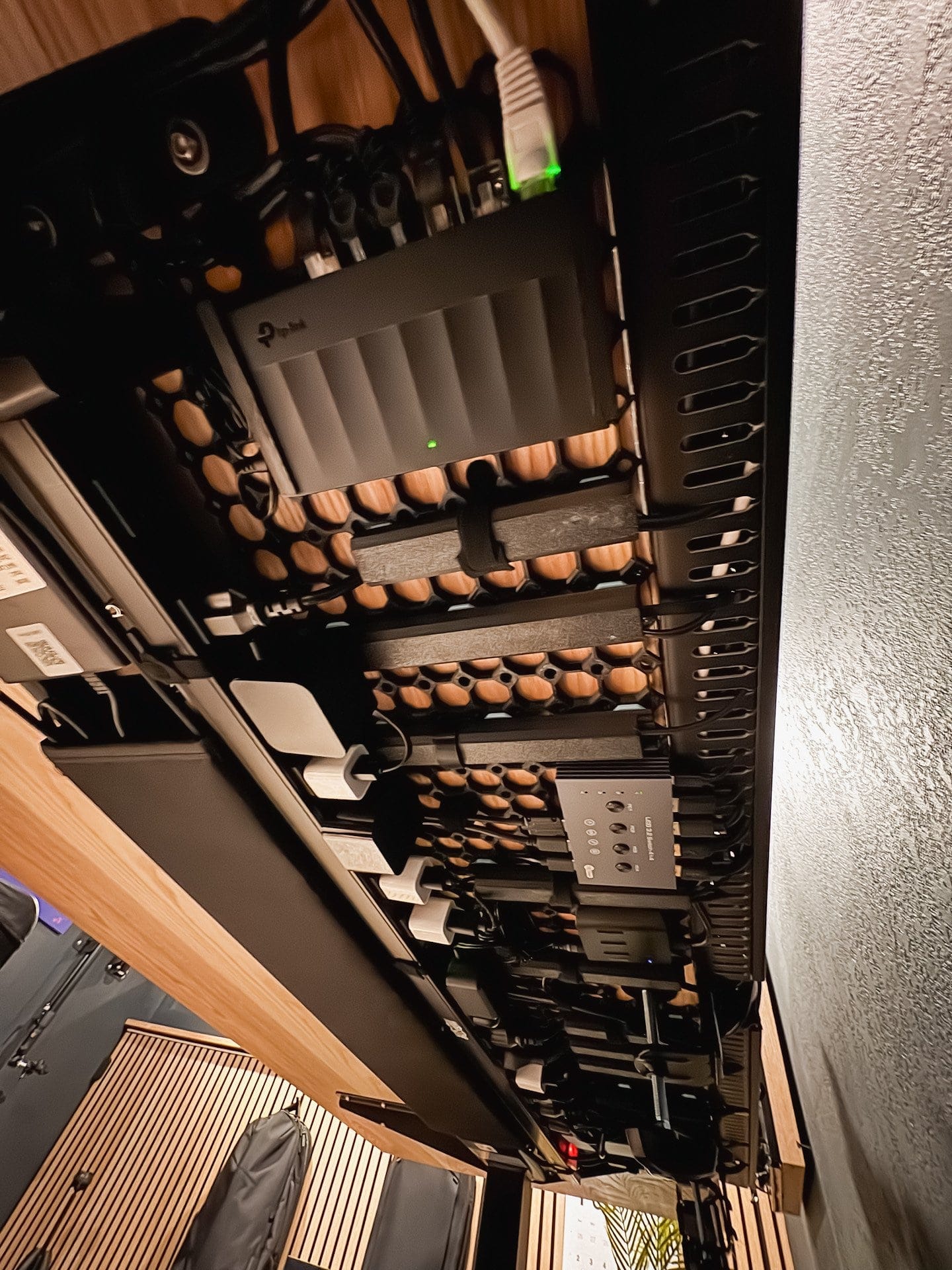
But the result is a rock-solid workspace that adjusts on demand and feels genuinely custom to my workflow.
Natural light is probably the only real compromise.
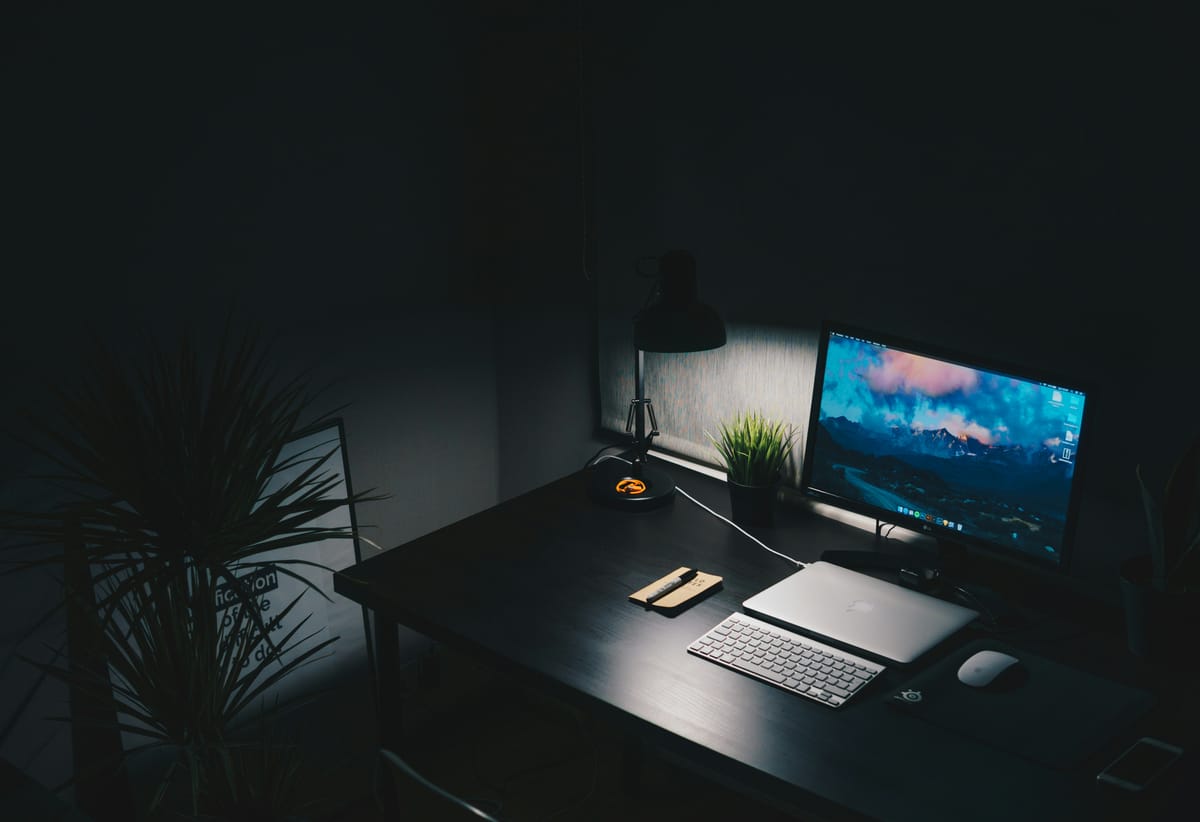
Since I’m in the basement, I don’t get a ton of it — but I’ve worked around that by layering soft LED lighting throughout the room.
A bias light behind the monitor, a warm lamp on the shelf, and a smart light strip tucked behind the pegboard help keep the space from feeling cold or artificial.
Most recently, I’ve been diving into the backend of my setup — overhauling the home network with UniFi gear and building a rack-mounted home server to host media, smart home tools, and backup systems.
It’s been a rewarding challenge that feels like the natural extension of my desk space: not just a place to use tech, but a place where I can build and control it.
The next item on my radar is finishing out the server build and refining the automation stack so it works seamlessly with the rest of the home.
What’s your favourite item on your desk?
Without a doubt, my favourite item on my desk is the desk itself.
It’s a 32×90″ slab of solid white ash that I milled, sanded, and finished myself.
There’s something deeply satisfying about running your hands across a surface you built from raw wood — especially when you know every imperfection and knot in the grain tells part of its story.
It anchors the entire space, both visually and functionally, and gives me more than enough room for gear, projects, and even the occasional LEGO build.
The idea behind it started when I couldn’t find a ready-made desk that was the right size, finish, or quality.
Most options either looked too commercial or were made from particleboard wrapped in veneer.
So I decided to take on the challenge of making my own.
I sourced the white ash from a local lumber supplier, and after several evenings in the garage sanding and oiling, it turned out better than I expected.
Mounting it to my sit-stand frame was no easy feat — it’s heavy and took some clever balancing to line up properly — but now that it’s in place, I wouldn’t trade it for anything.
All in, the materials cost me around $350, not including the Flexispot sit to stand frame, time or the extra sanding discs I burned through.
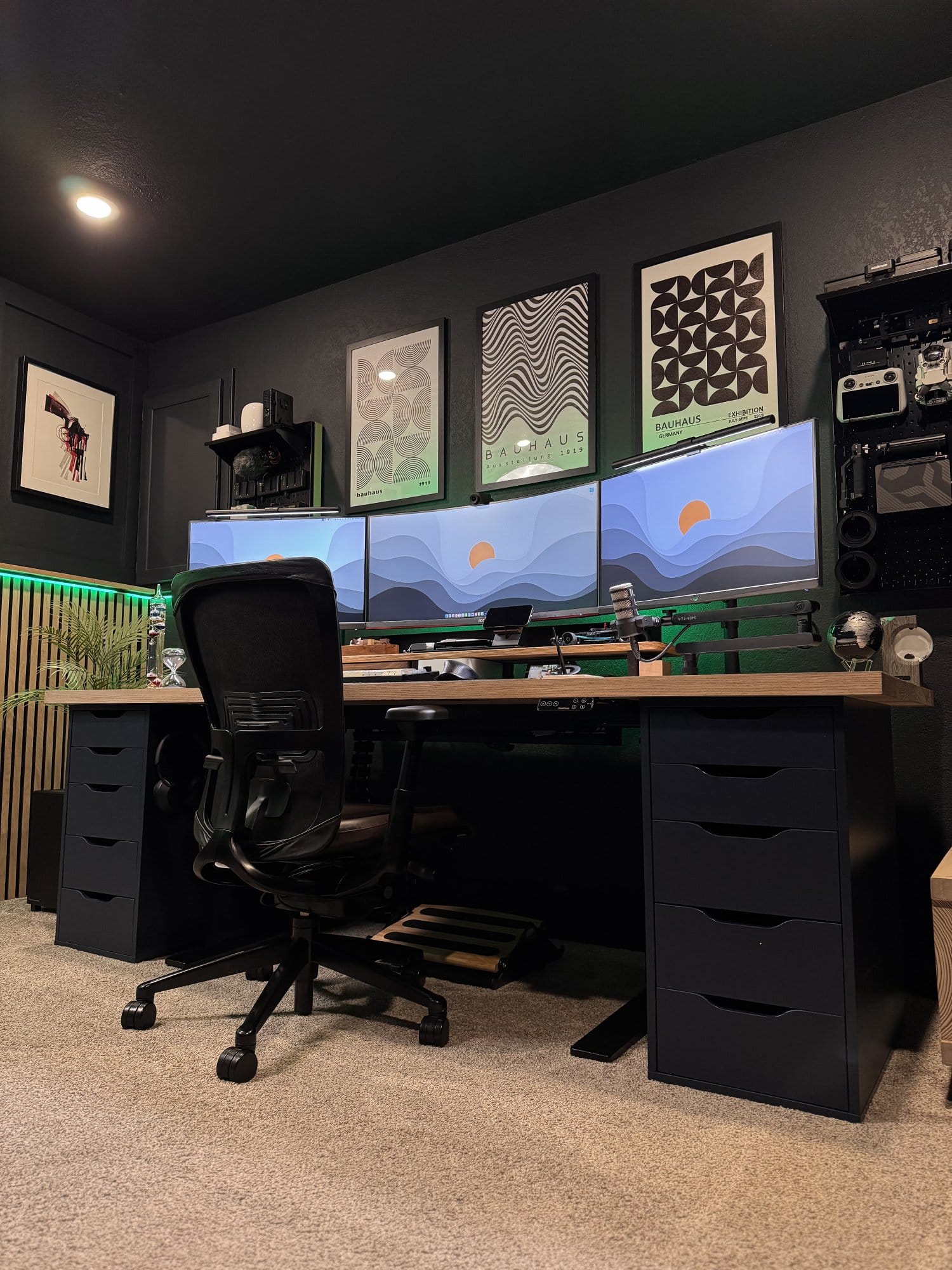
But for a solid hardwood surface that fits my space perfectly, it was worth every penny.
It’s not just a piece of furniture — it’s a reflection of my style, patience, and love for building things with my own hands.
What apps or tools do you use to get things done?
When it comes to editing video, Final Cut Pro is my go-to software.
I’ve tried a handful of others, but Final Cut strikes the right balance of speed, clean interface, and deep functionality.
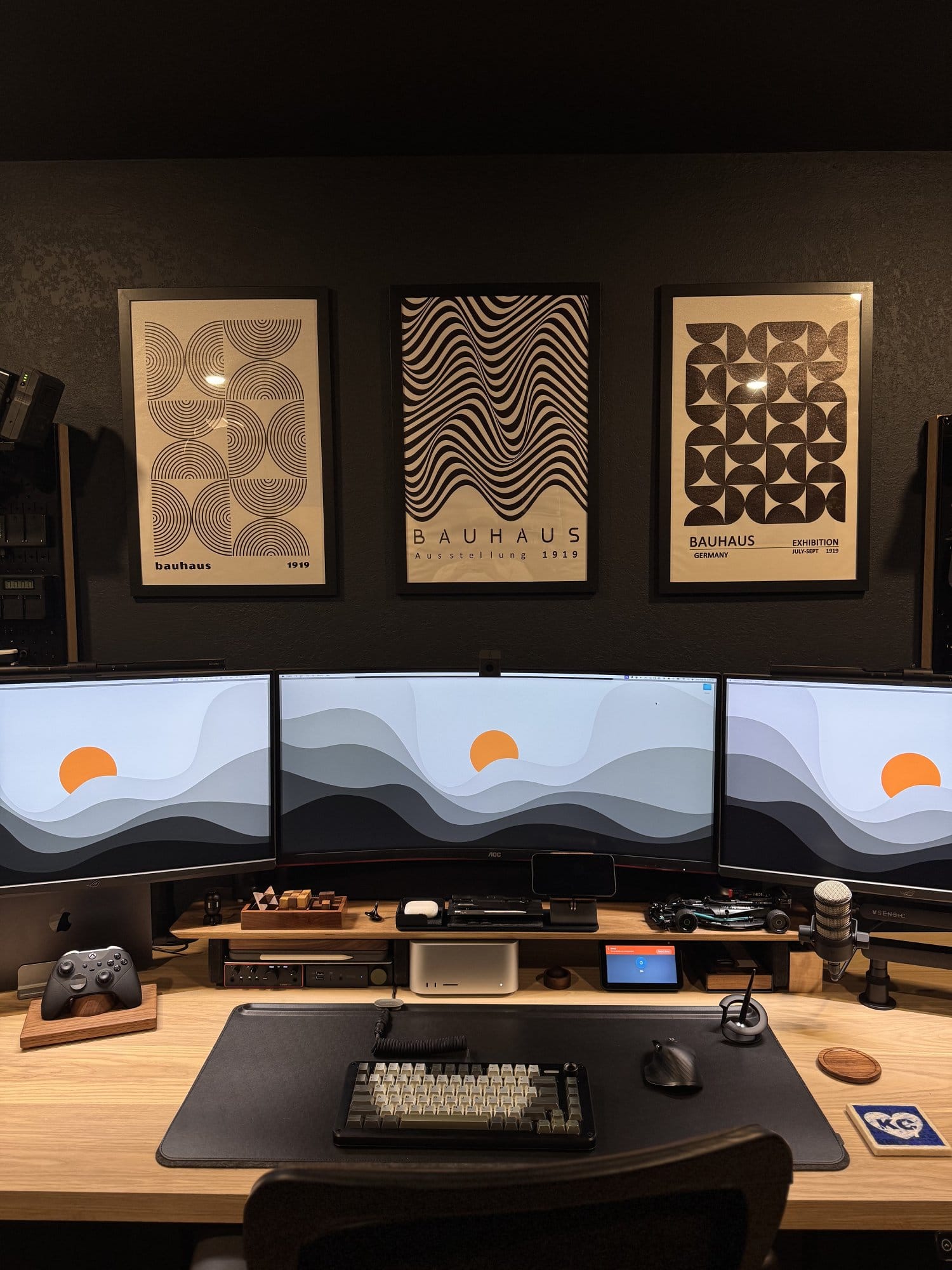
It handles 4K footage like a champ and fits perfectly into my Apple ecosystem, letting me jump from editing to colour grading without much friction.
Whether I’m cutting a desk setup video or refining a family moment into something shareable, Final Cut helps me keep the flow creative instead of technical.
For inspiration and learning, YouTube is a daily staple.
It’s a constant source of ideas — not just for content, but also for improving my workflow, experimenting with new camera techniques, or figuring out how to build something smarter.
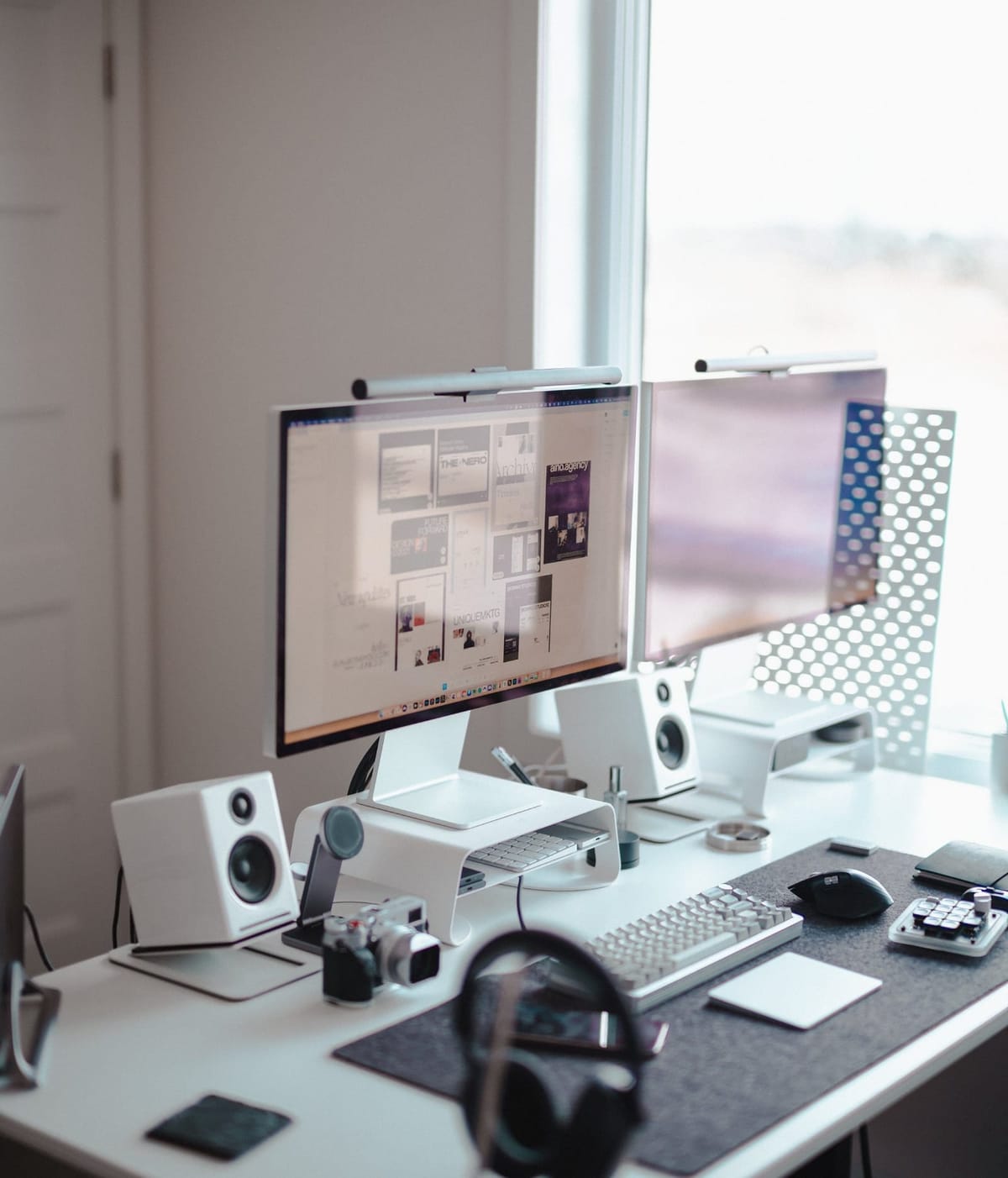
On the hardware side, I never go far without my iFixit Mako kit.
It’s a compact, no-fuss toolset that’s helped me with everything from cracking open a Raspberry Pi case to adjusting keycaps on a mechanical keyboard.
Whether it’s software or tools, I’m drawn to things that work simply and let me stay focused on building, learning, and creating.
What books, blogs, or podcasts recently caught your attention?
Lately, YouTube has been my primary source of inspiration — not just for content ideas, but for staying sharp on all things tech, editing, and creative workflow.
Channels like Gerald Undone, Matti Haapoja, and This Does Not Compute consistently offer a great mix of gear reviews, creative insights, and behind-the-scenes breakdowns that fuel both my curiosity and my own content creation.
Whether it’s learning about the latest camera tech or watching a desk setup transformation, there’s something energising about seeing how others solve problems or express their personality through their space.
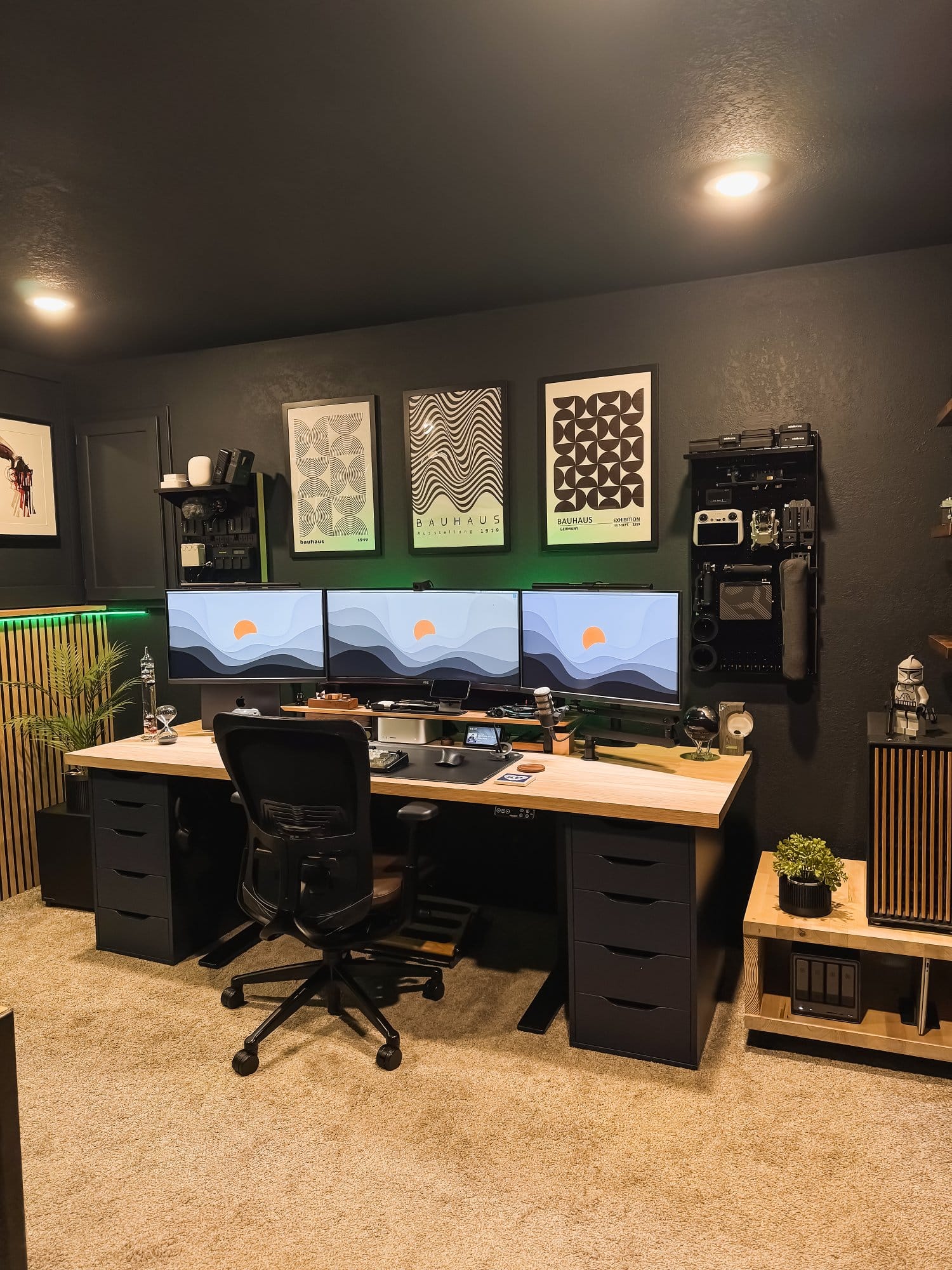
I’d absolutely recommend anyone in the maker or tech space build a curated YouTube feed tailored to their interests.
Unlike books or courses, YouTube content is constantly evolving and often taps into real-world setups that feel relatable and actionable.
I chose these creators because they’re honest, thoughtful, and never overly salesy — it feels like learning from a fellow enthusiast rather than sitting through a commercial.
That’s the kind of energy I try to bring into my own projects, too.
Any tips for other makers who want to improve their workspaces?
Take your time and build your setup gradually.
It’s easy to get overwhelmed by picture-perfect builds online, but the most rewarding spaces are the ones that evolve slowly — with each piece added for a reason, not just for show.
Let your setup reflect your needs, not someone else’s checklist.
What does your typical day look like?
My day usually kicks off around 6 am — thanks to my twin toddlers, not an alarm clock.
The very first thing I do is make coffee (non-negotiable), followed by a quick scroll through the Bible verse of the day and a check of my email.
From there, it’s usually a race to get the house moving before I settle into my desk for the workday.
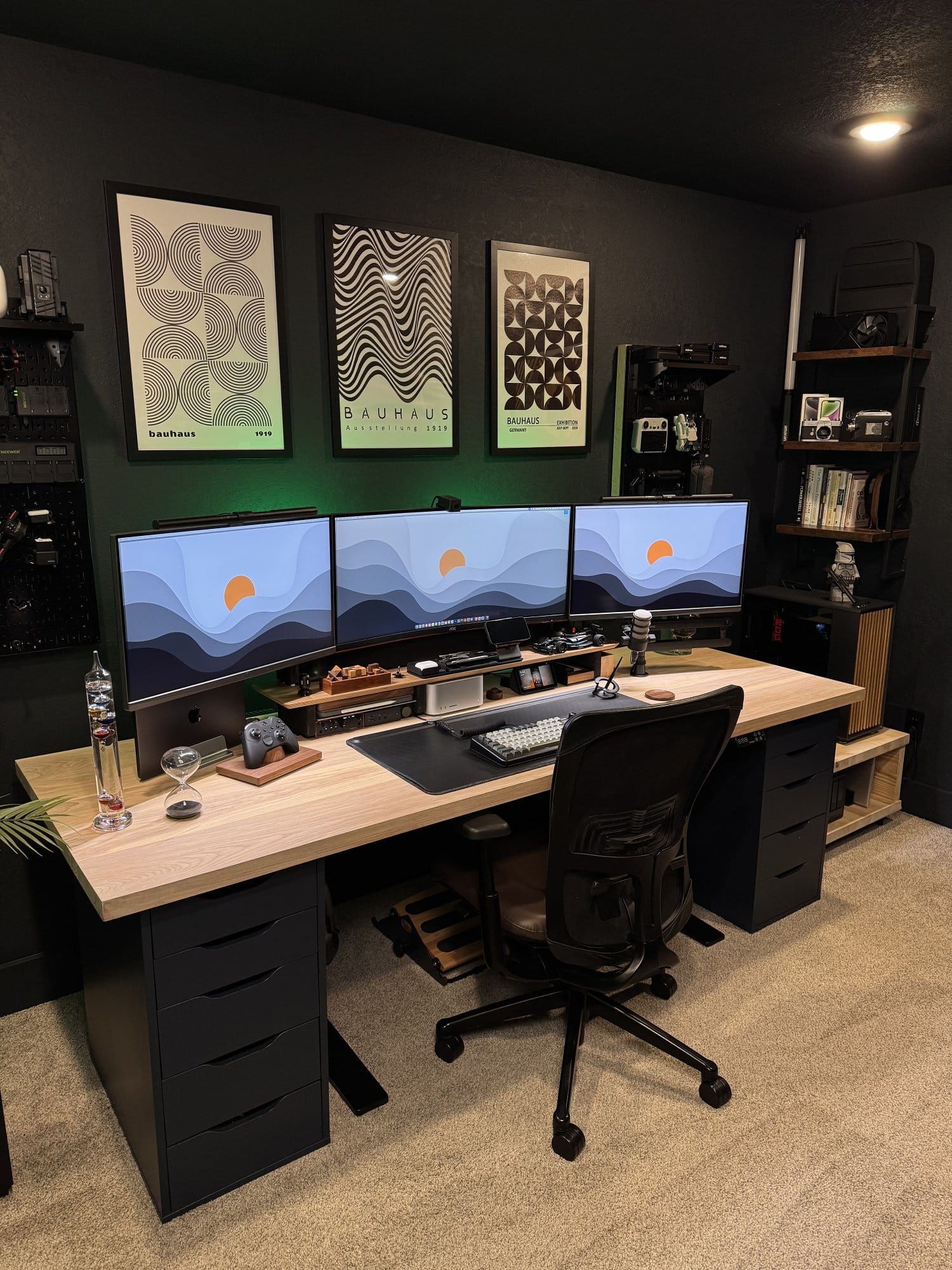
My official job title is Infrastructure Engineer, so I spend most of the day managing systems, supporting projects, and keeping the digital wheels turning behind the scenes.
I’ve been working from home since 2020, like a lot of people, and while it started as a makeshift setup, it’s turned into something much more intentional over time.
Creating a dedicated workspace that feels focused and creative has been key to staying productive and sane.
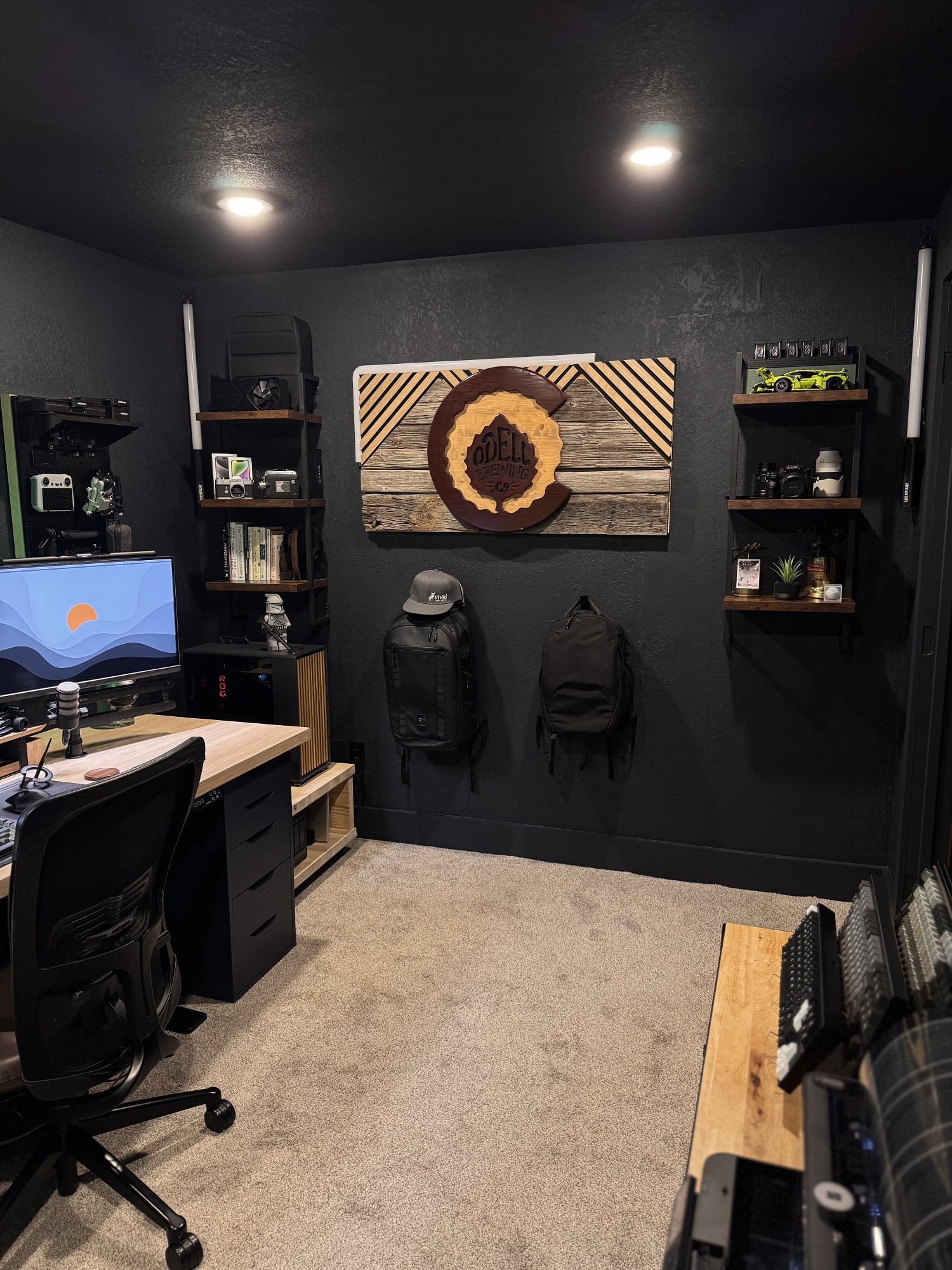
I don’t really switch workspaces during the day.
I’m at my desk for a solid eight to ten hours — but I’ve made the environment flexible and comfortable enough that I don’t need to.
Everything I need, from gear to lighting to tools, is right within reach.
Balancing creative work with daily admin is tricky, but I try to keep a boundary between my full-time responsibilities and my passion projects.

During the day, it’s all business, but in the evenings — after the kids are asleep — I’ll carve out time to edit a video, tinker with the server build, or dive into content creation.
That creative time is rare, but it’s also what keeps me energised.
Outside of work and content creation, I do enjoy gaming from time to time.
My setup doubles as a casual gaming station, where I’ll unwind with games like Call of Duty, Madden, or PGA Tour.
It’s not the main focus of my space, but it’s definitely a bonus.
I currently go into the office once a week, but the bulk of my work — and creative energy — still happens right at my desk at home.
Your tips for working from home?
One of the biggest things that helps me stay productive while working from home is starting each day by writing down my tasks by hand.
There’s something about physically jotting them down that helps commit the priorities to memory.
I keep that list visible on my desk throughout the day, so it’s always front and center — no app switching, no hidden tabs.
It’s a simple habit, but it’s one of the most effective ways I manage time and stay on track.

My morning routine is pretty straightforward: coffee first, always.
That’s my reset button, and from there I ease into the day with a clear head.
I’ve found that having a workspace that feels calm, clean, and personal goes a long way in helping me stay focused.
When your environment feels intentional, your mindset tends to follow suit.
That’s been one of the biggest lessons I’ve learned since transitioning to remote work.
For anyone just starting their work-from-home journey, my advice would be to create a space that encourages focus but also feels like yours.
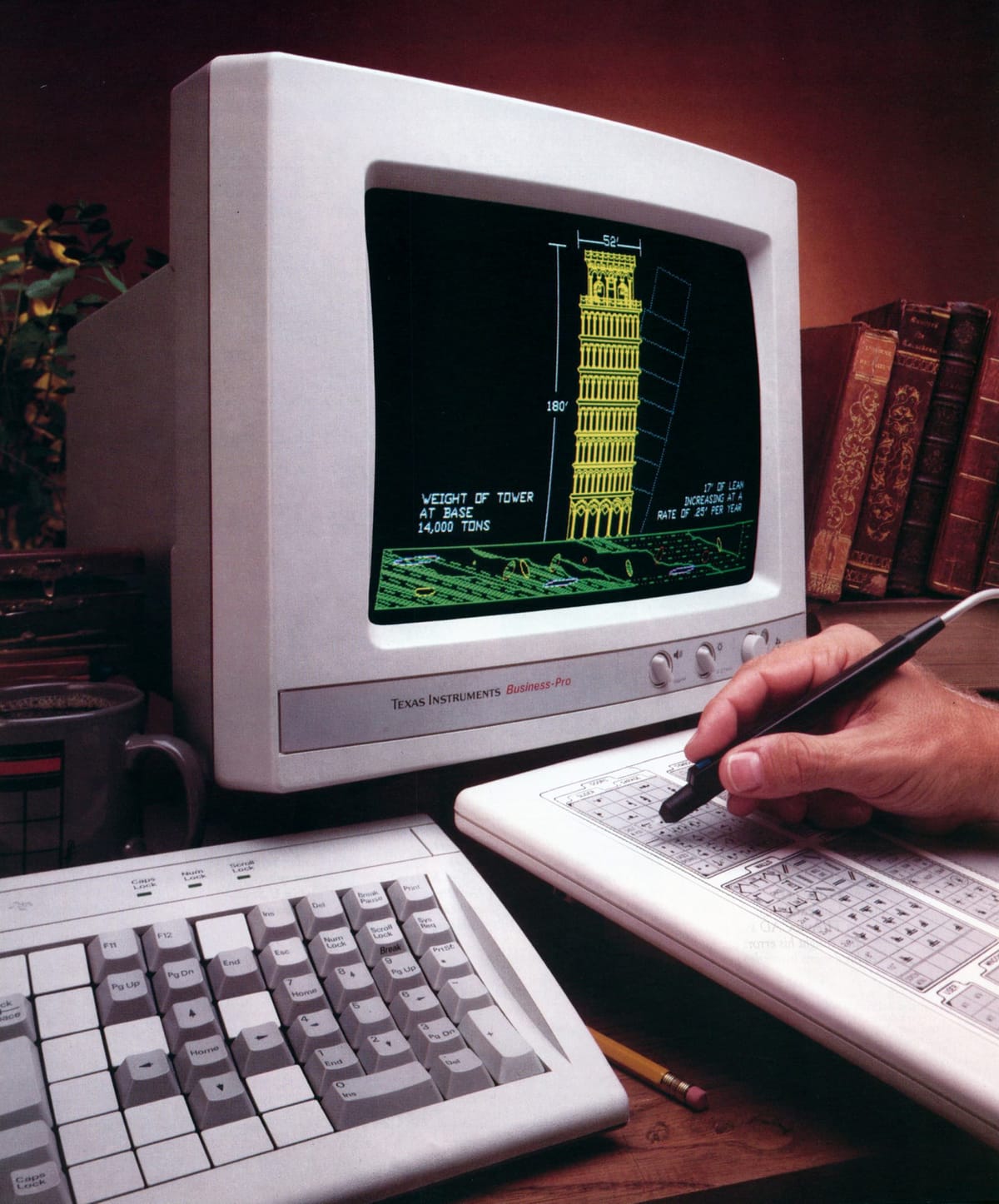
You don’t need to go overboard — just build slowly and make it functional first.
Also, adopt a mindset that’s open to growth: never change, only learn.
That phrase keeps me grounded whenever I hit a wall or need to pivot.
Working from home can blur lines fast, so having small rituals and clear priorities helps bring structure to the day.
We’re a reader-supported publication. This article might contain affiliate links. It means we may receive a commission if you click a link and buy a product that our maker has recommended. The interview was done independently.


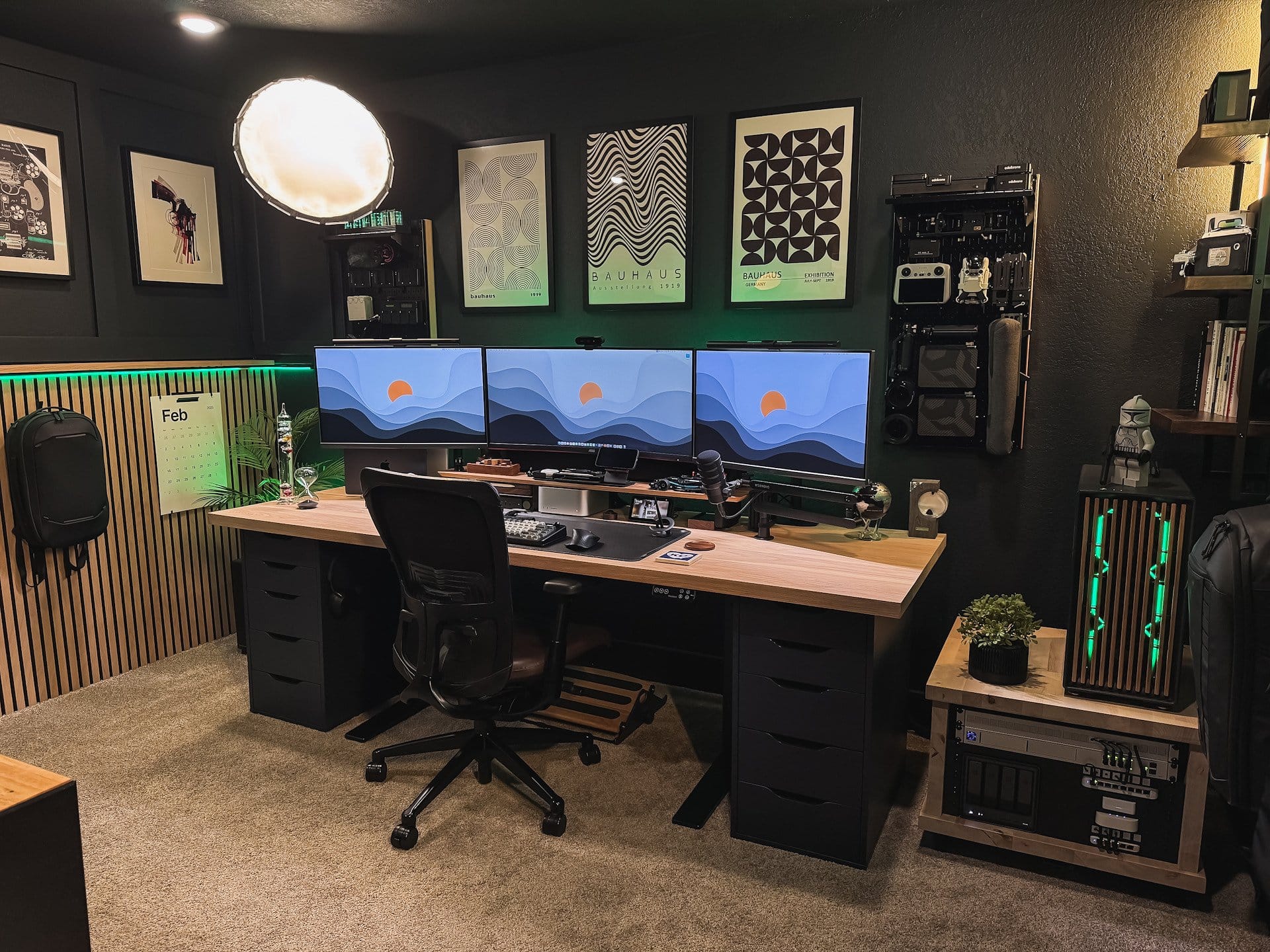






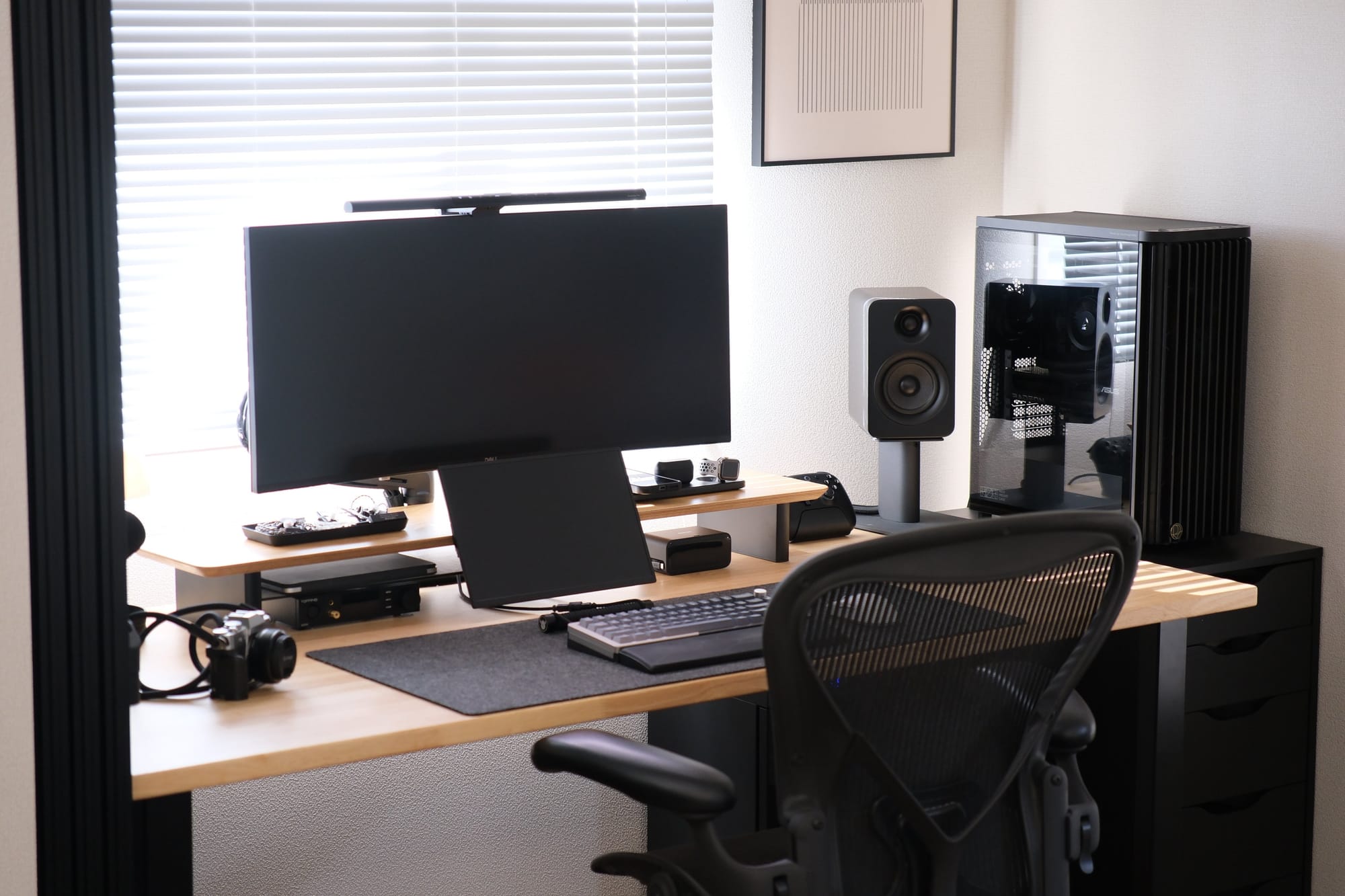
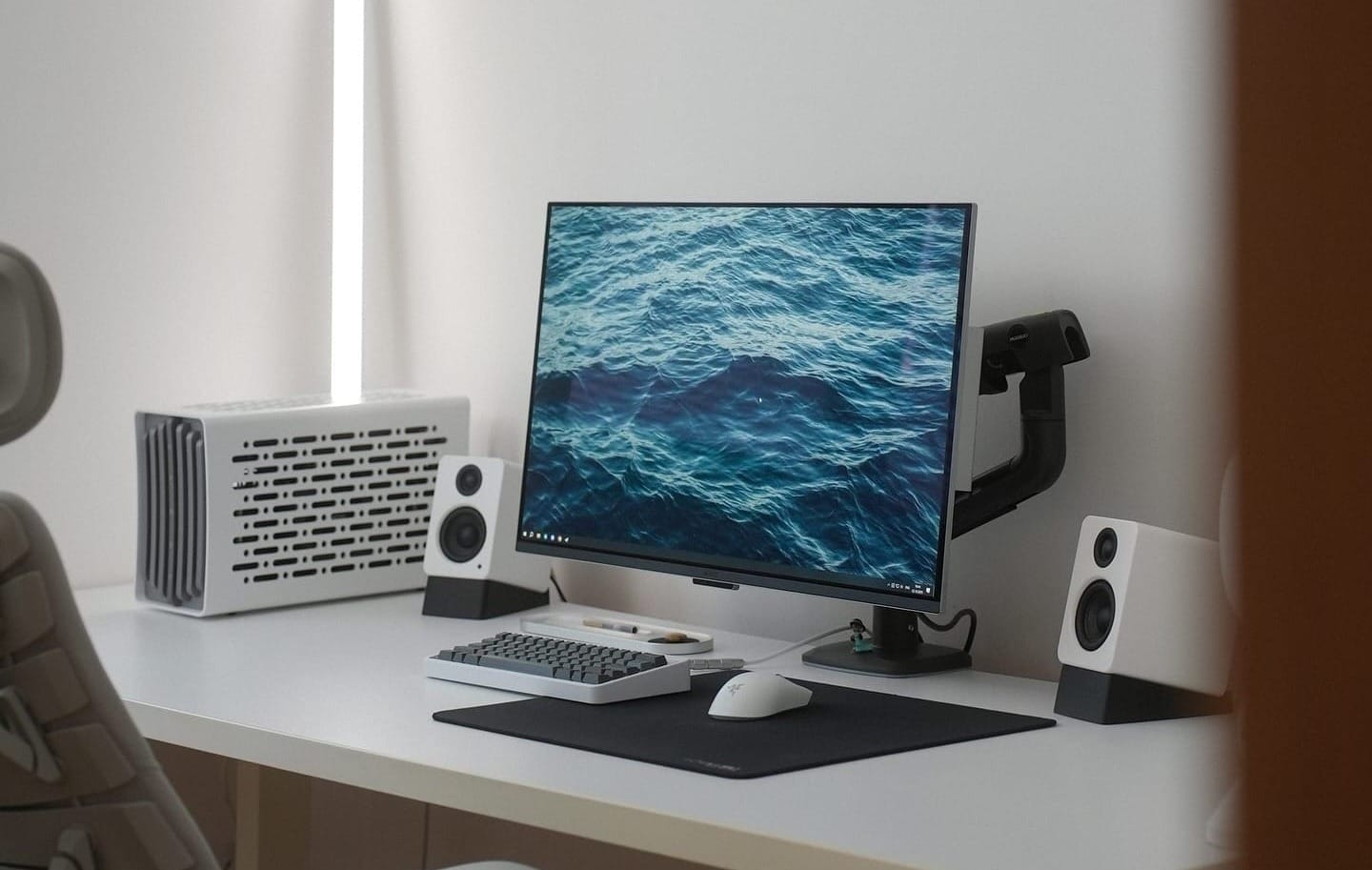
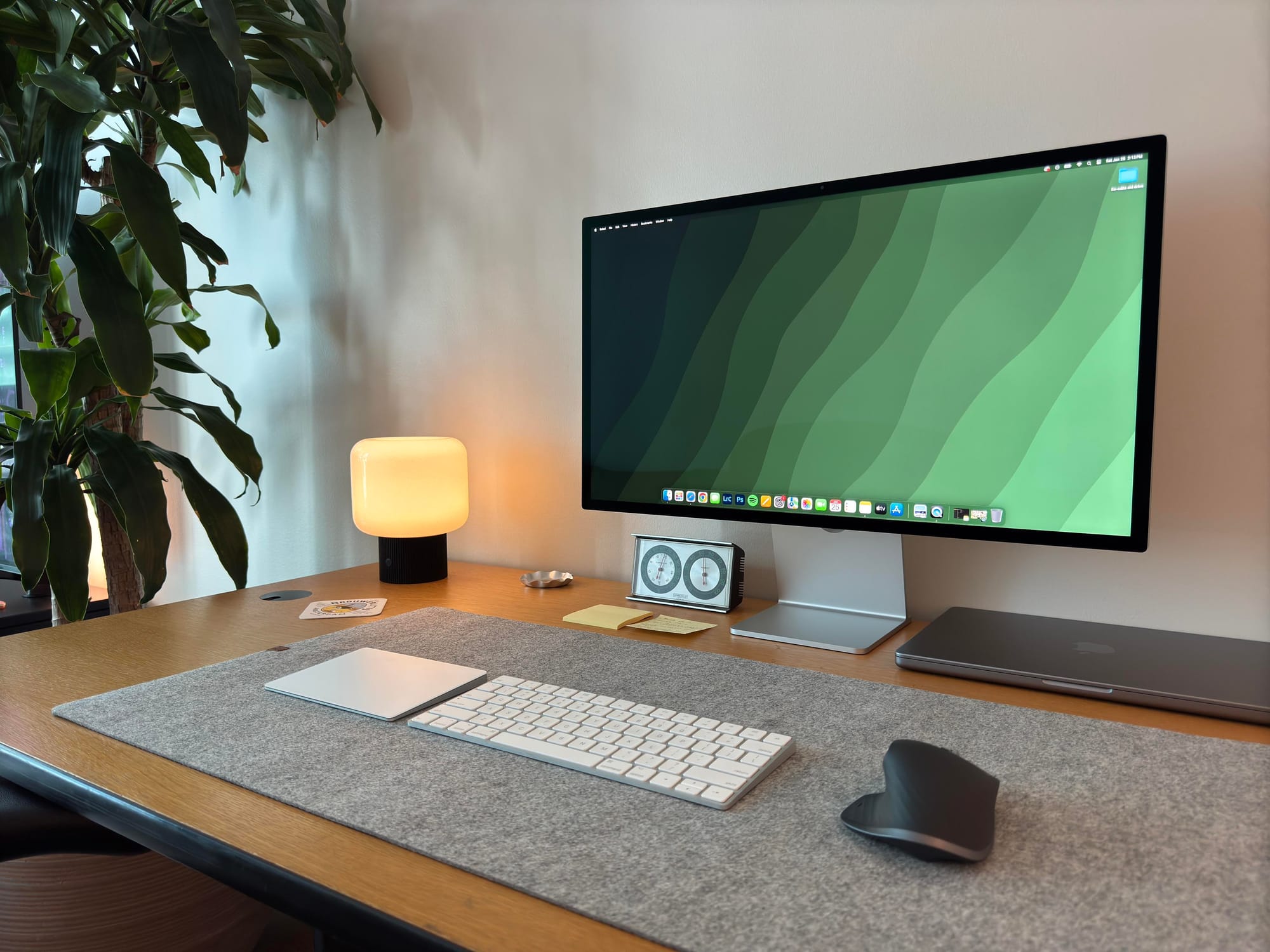
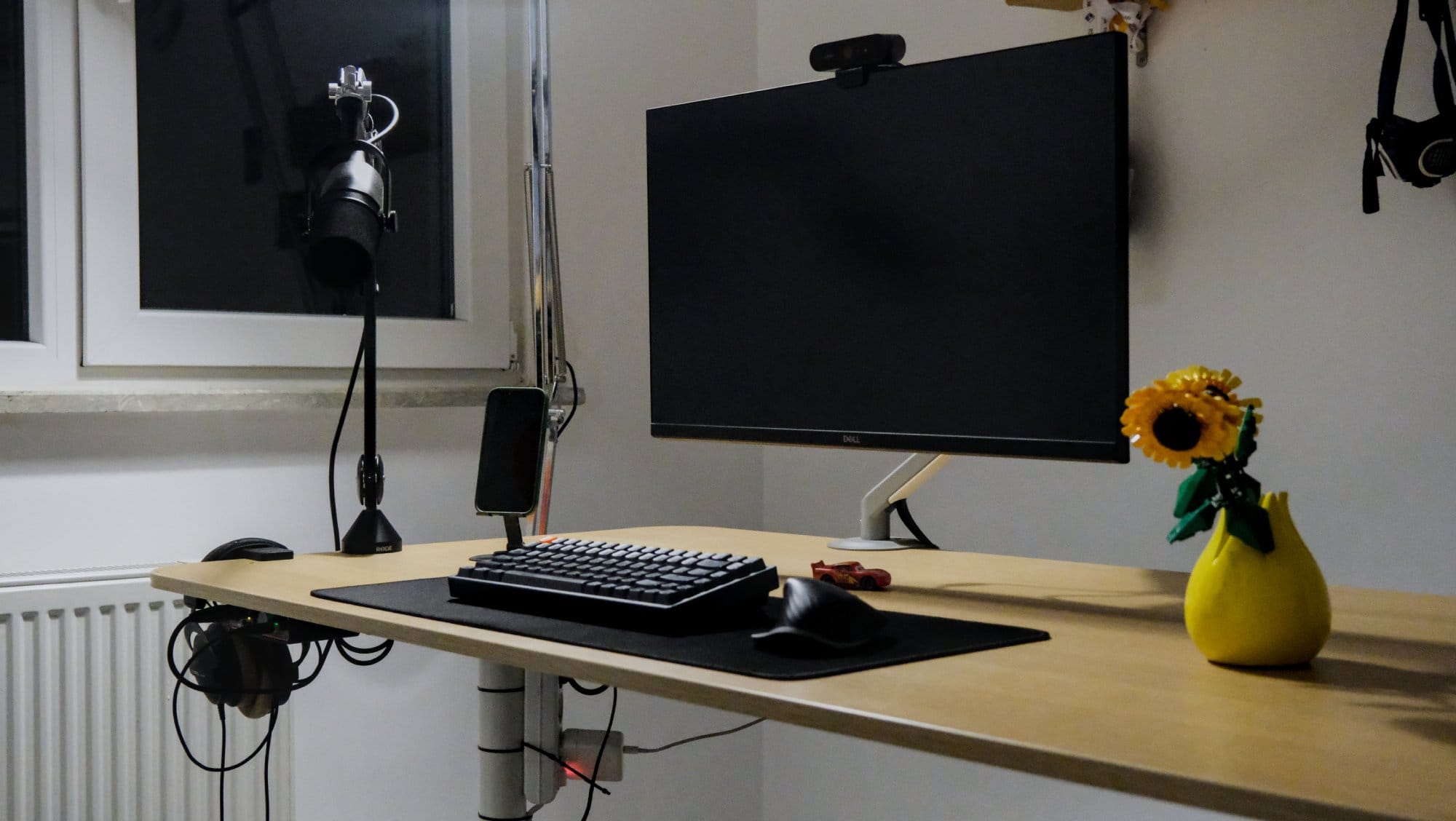
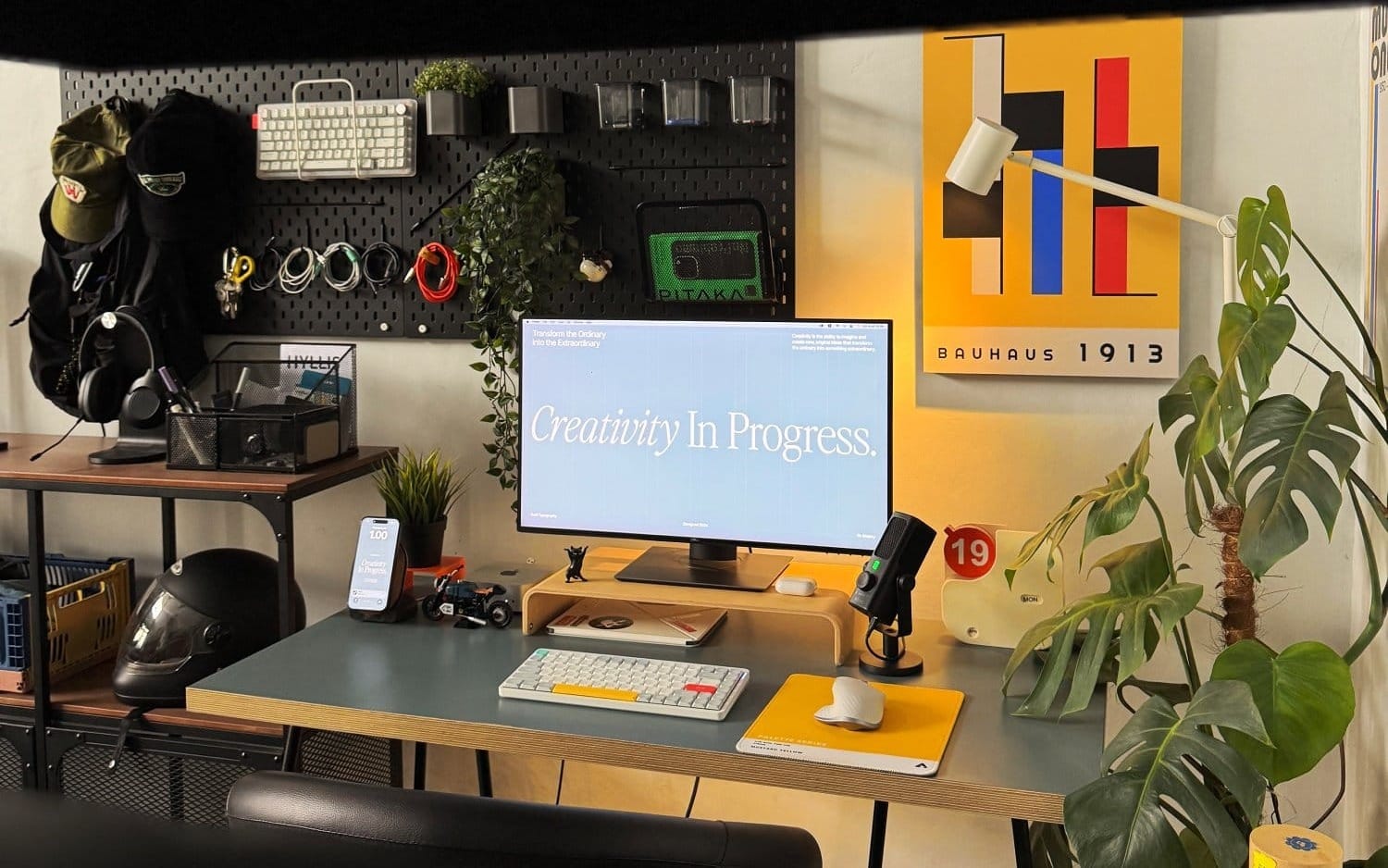
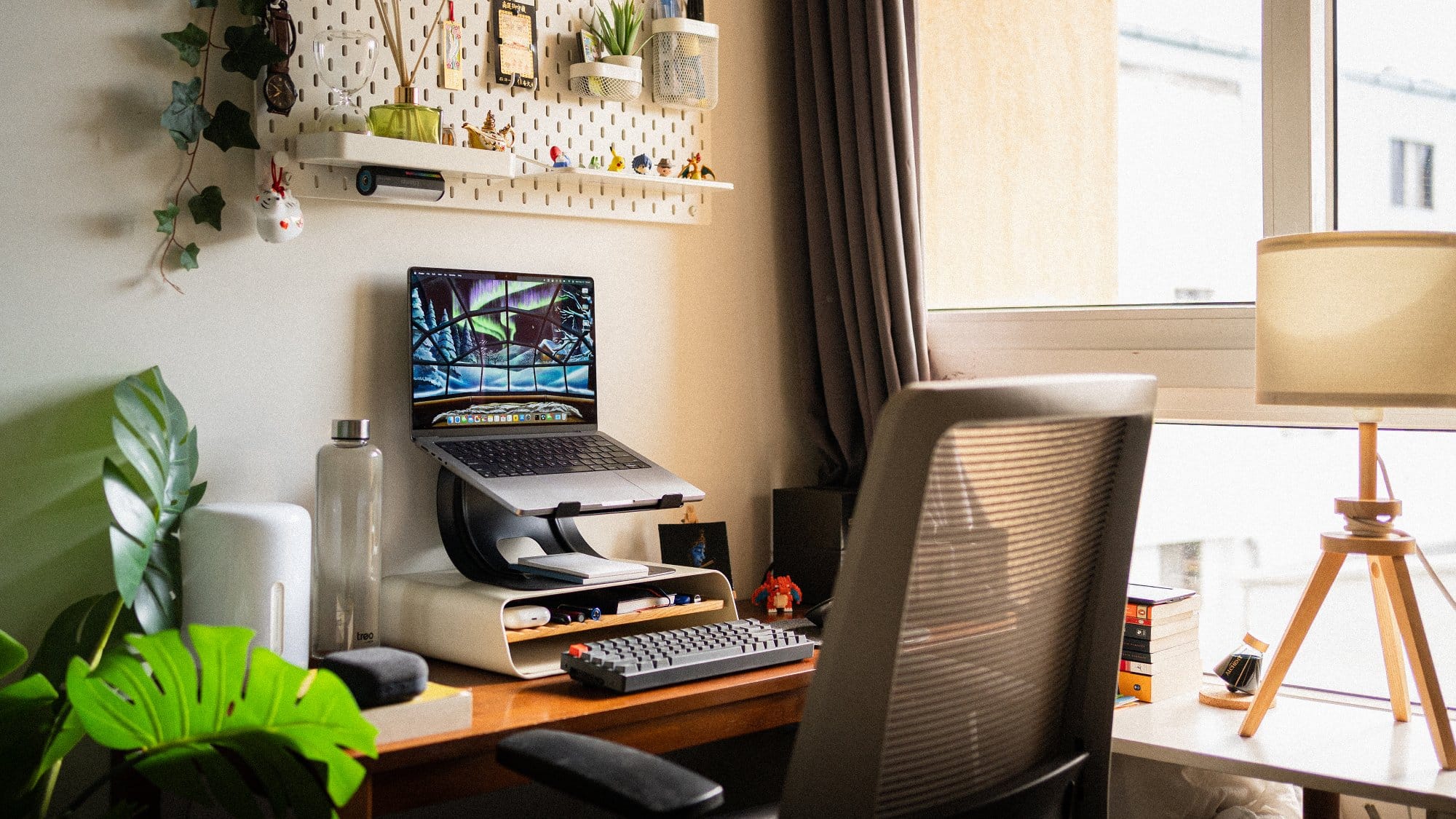
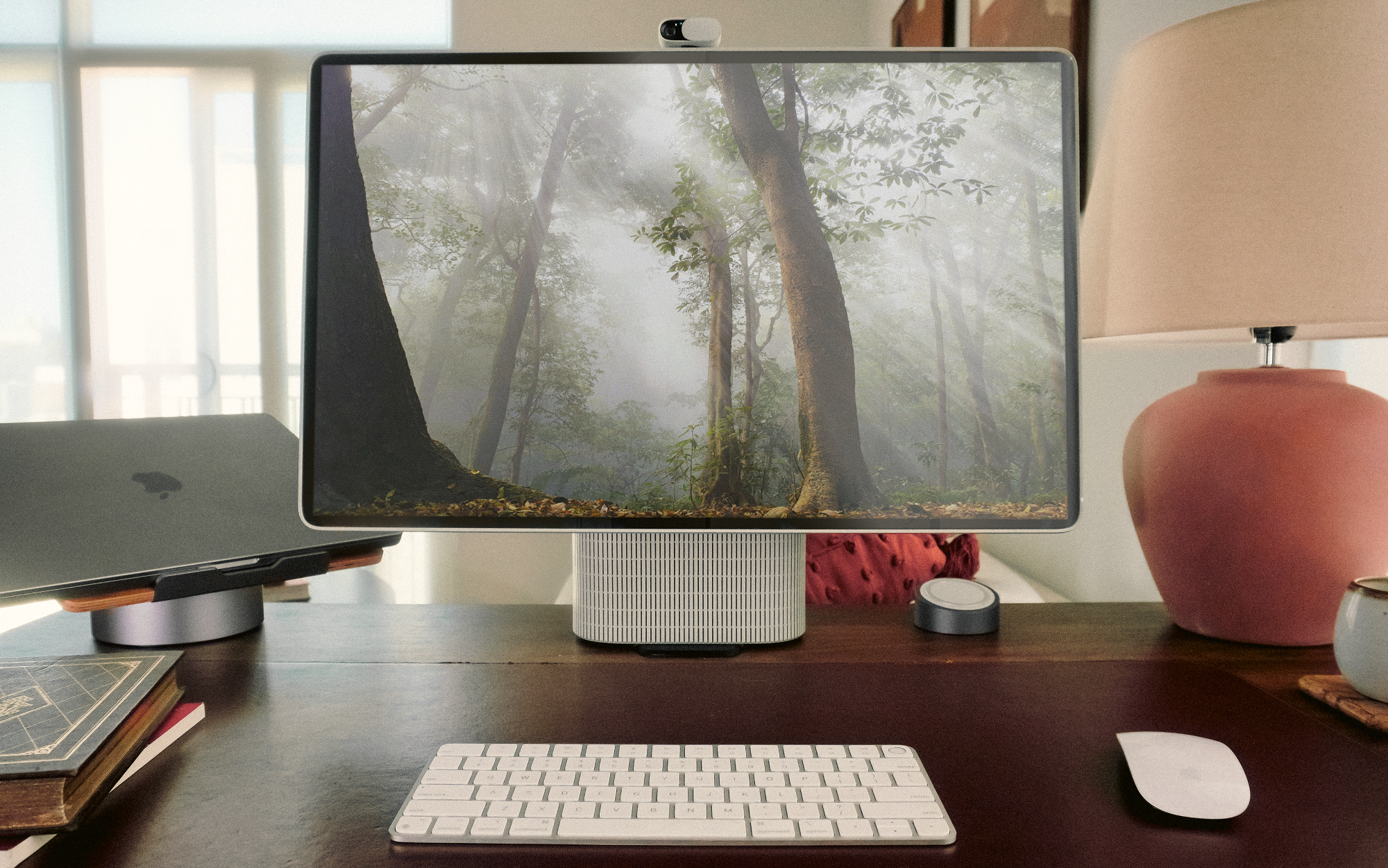

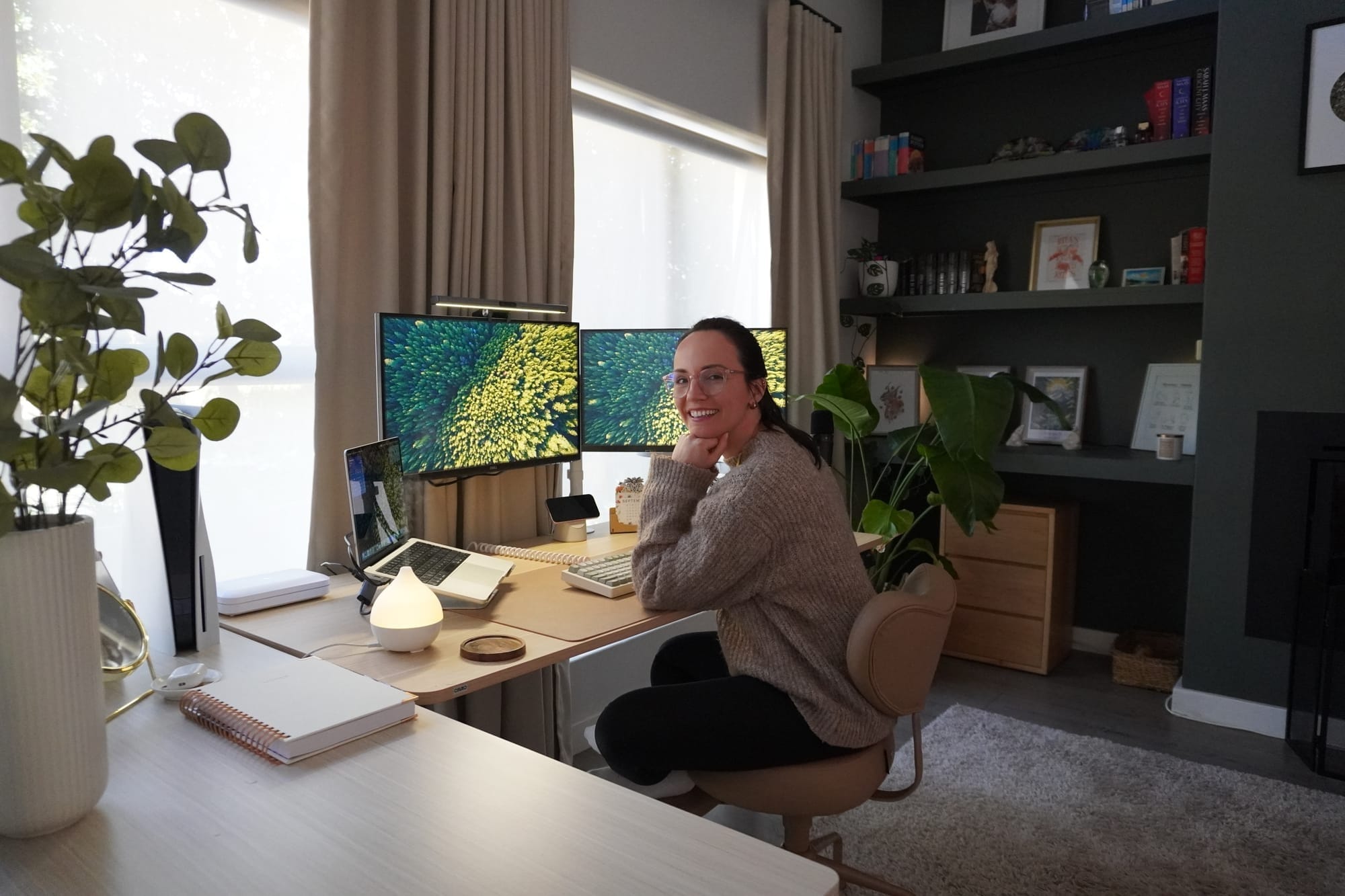
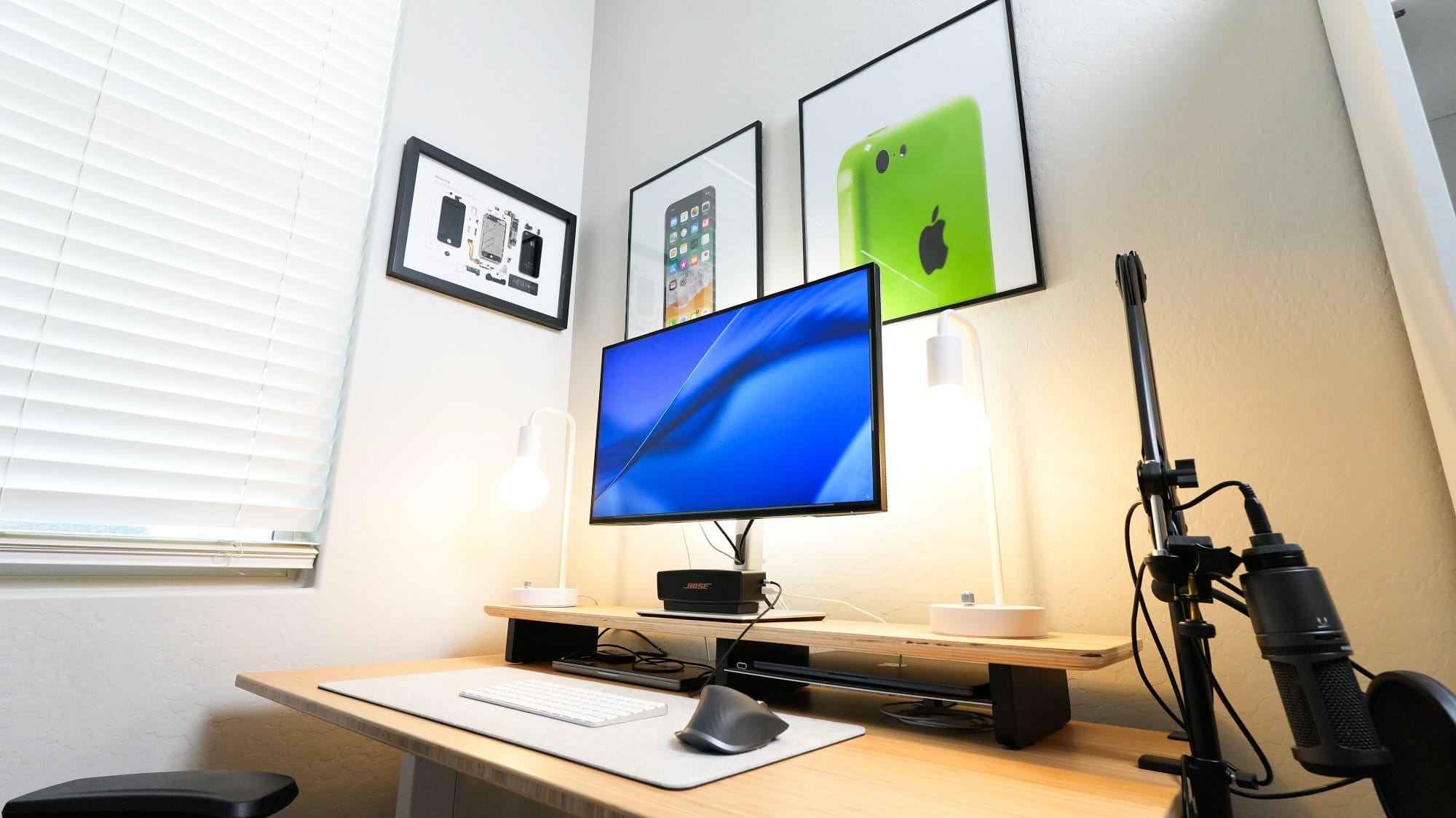
Discussion